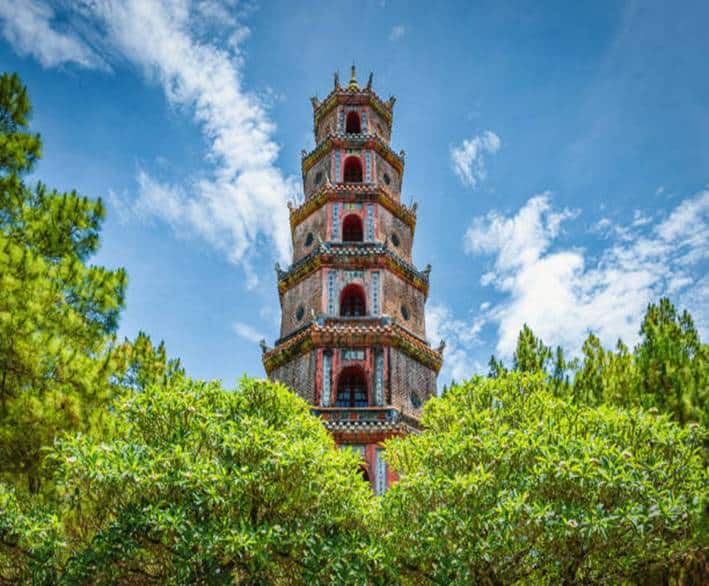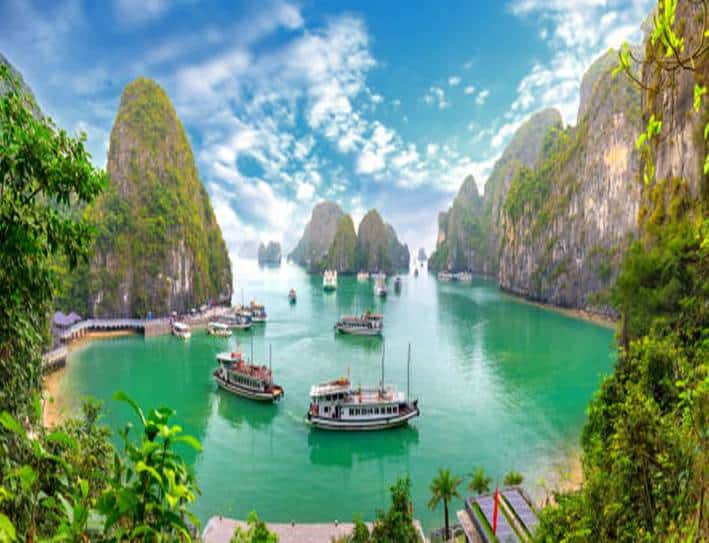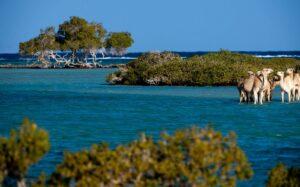A land famous for its rich history, culture, and heritage, Vietnam is home to the world’s most evocative ancient sites. The immense natural beauty of Vietnam is what you can’t afford to miss at any cost. The remains and signs of the Indochinese empire, the ancient dynasties, and the Vietnam War are all anticipating you.
A trip to Vietnam is a lesson in geopolitical history for all those who have a keen interest in ancient times. With Vietnam, it has become a haven for tourists. Discover the unique amalgam of Asian, European, and Western cultures in Vietnam. Following are some of the bucket list sites in Vietnam you should consider while planning a trip there.
My Son Cham Ruins
My Son Cham Ruins is in actuality a cluster of Hindu Temples that were abandoned. During the times of the Vietnam War, these temples had to witness heavy bombing. The ruins were later recognized as a UNESCO world heritage site. A testimony to the glorious Hindu dynasty in Vietnam, these temples are closely related to the Angkor Wat in Cambodia.
The Son Cham Ruins date back to the 4th century. Located near the village of Duy Phú, these temples are 70 in number. If you are into photography, nature, and archaeology, this is a must-watch site for you in Vietnam. Make sure to check it out during your stay there.
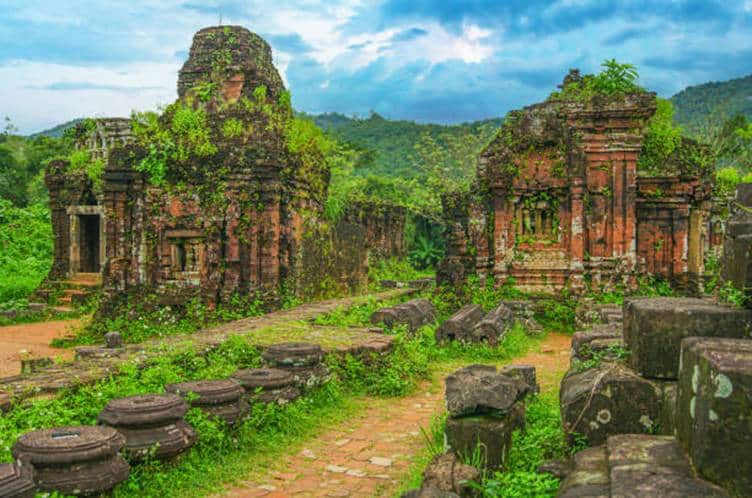
Khai Dinh Tomb
Khai Dinh Tomb is the Mausoleum built in the honor of Emperor Khai Dinh as the name suggests. He was the ruler of the Nguyen Dynasty. Although the tomb is not quite big, it is quite popular because of its uniquely elaborated design. The best thing about the design of Khai Dinh Tomb is that it is an amalgam of both Oriental and European styles.
On close observation, you will find intricate and beautiful carvings of dragons, horses, and elephants. There is a huge life-size statue of Emperor Khai Dinh in it as well. After this mausoleum, no other tomb for any Vietnamese emperor was built. It is open to visitors. Make sure to check the tomb out.
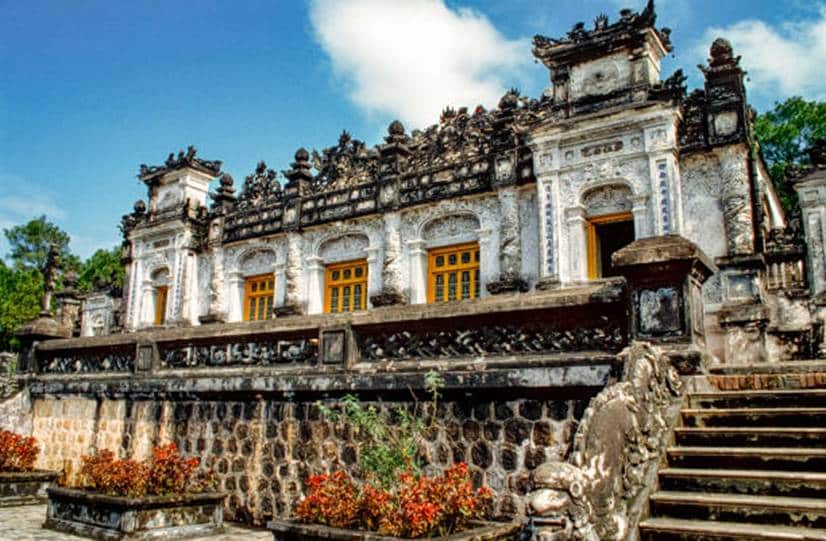
Cu Chi Tunnels
Cu Chi Tunnels are a network of complex underground tunnels. These were constructed during the French colonial period. Later the same was used and expanded during the Vietnam War. Cu Chi Tunnels played a huge role in the war in communication, transport supplies, and as hiding places for the soldiers. Tourists are allowed to discover the tunnel system.
A single monument that sums up the history of the Vietnam War is without any doubt Chu Chi Tunnels. Thousands of soldiers spend their weeks and months in these. There were underground weapon factories, kitchens, and hospitals as well. Not many people withstand the underground confinement for a long time.
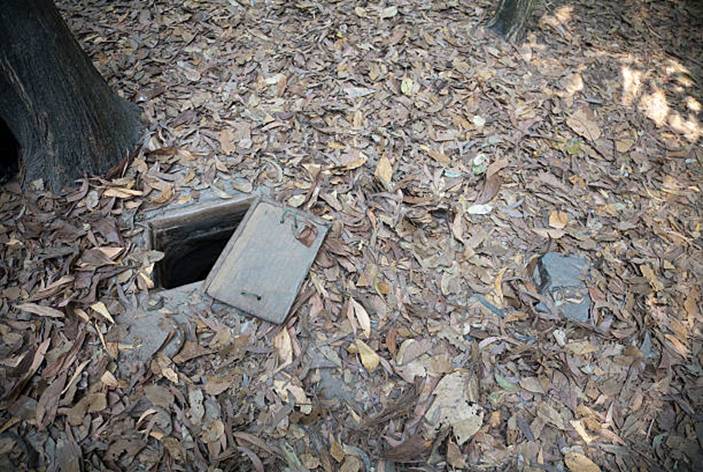
Hue Imperial Citadel
The imperial city of Hue is proclaimed a World Heritage Site. Out of many stunning architectural buildings, only a few survived the test of time. Most were devastated during the Vietnam War. To get an idea of the magnificent and fabulous architecture, and beauty of the imperial city of Hue, the Hue Imperial Citadel is a must.
Want some instagrammable pics, this surely is the right place to do it. You will be amazed by the buildings, temples, gardens and palaces in the city of Hue. Also check out Bunker Hill, the Thein Mu Pagoda, and the tombs of the emperors by the Perfume River nearby.
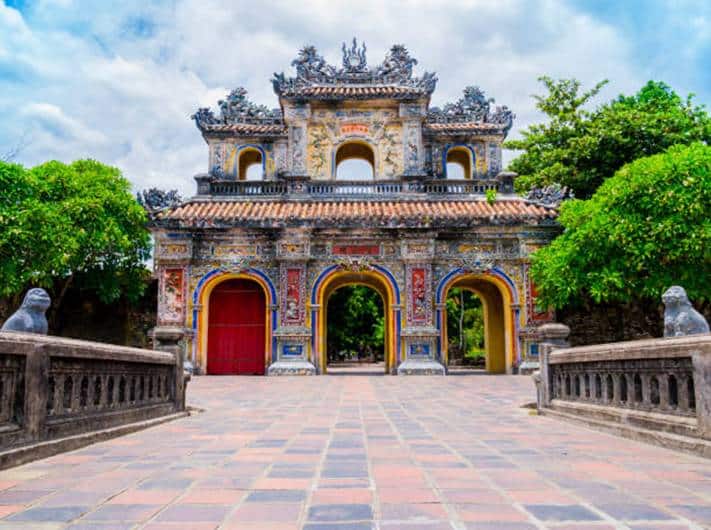
Vinh Moc Tunnels
Vinh Moc Tunnels are another series of complex tunnels in Vietnam. They are of huge significance as they were not built by the soldiers, rather villagers built these to protect their lives. These tunnels are 30 meters deep and served as a shield for villagers from American bombing during the Vietnam War.
As Vinh Moc Tunnels were built by the local villagers, they are much easier to navigate. However, this doesn’t compromise the design and purpose of the tunnel network. These tunnels had everything they needed in them like the family spaces, kitchen, health care, and wells. It was estimated that nearly 60 families once used these as a protection and safeguard.
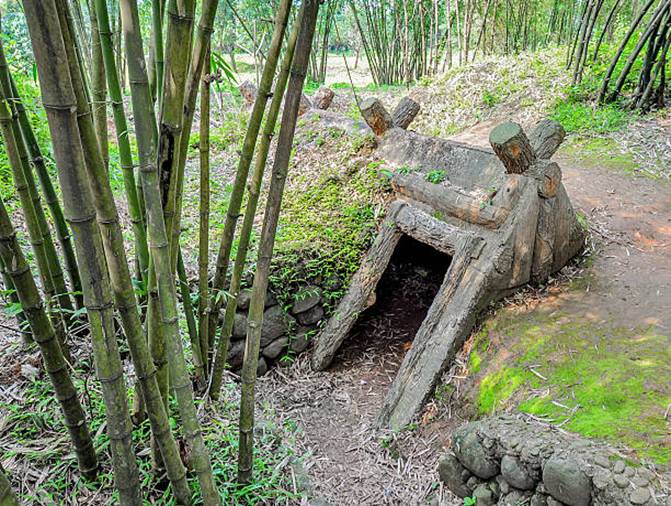
Thien Mu Pagoda
Thien Mu Pagoda, also known as Linh Mu Pagoda, is one of the most ancient stunning sites in Vietnam. Located at the bank of the Perfume River in a village named Huong Long it is indeed a monumental relic. Thien Mu Pagoda is named Heaven Fairy Lady Pagoda. It was built in 1601 under the governor Nguyen Hoangm.
It is a seven-story pagoda and was rebuilt several times following attacks during the Vietnam War. If you are approaching Thien Mu Pagoda from the Trang Tien bridge side, you can reach here via a scenic dragon boat ride. A peaceful natural site awaits you to spend some time here and enjoy the serenity.
